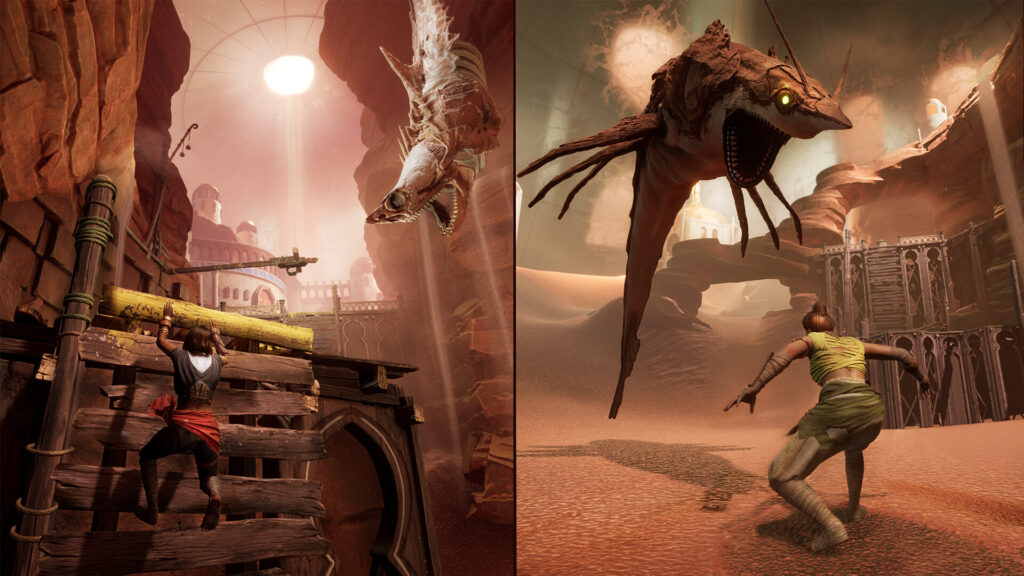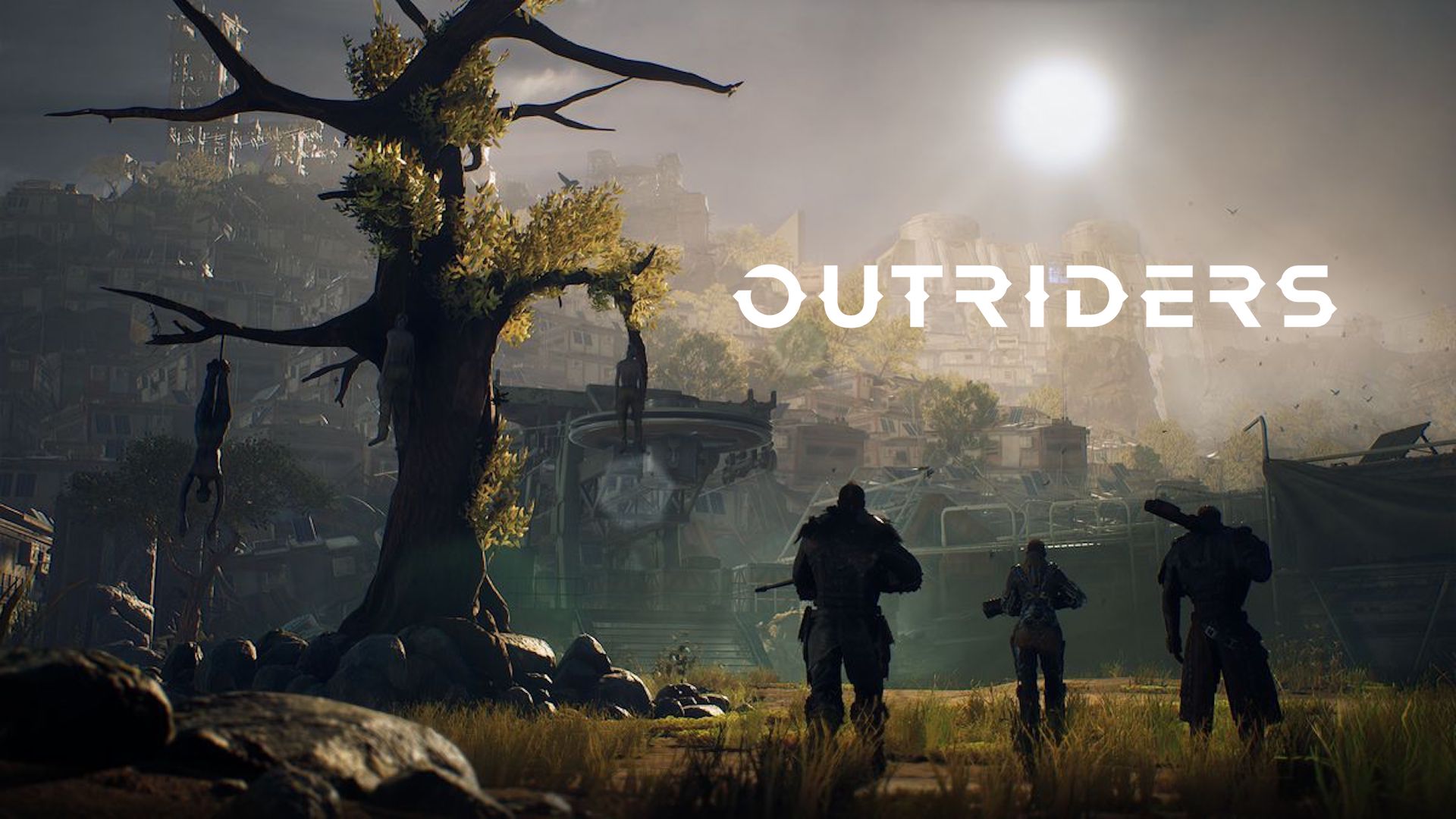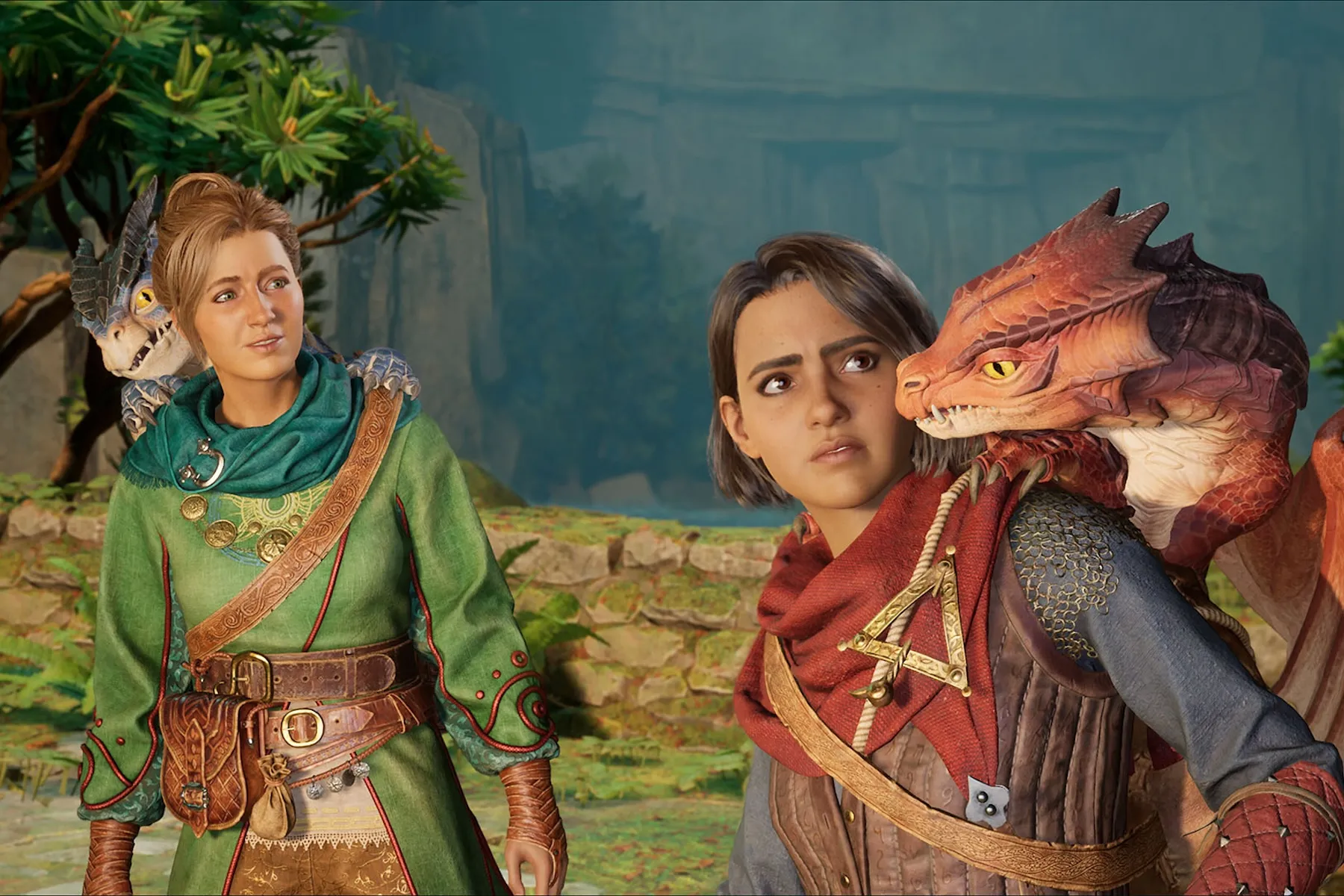I still remember the exact moment A Way Out had me hooked.
Two brothers, a prison break, the way you had to trust your partner like your own reflection—it was more than a co-op game, it was a shared experience. Since then, I’ve been chasing that same magic. And earlier this year, I finally found something that brought it back: Split Fiction.
But don’t get it twisted—this isn’t A Way Out 2.
It’s something deeper. More refined. And, honestly? Maybe even better.

The Gameplay: Still Co-op, But With a Narrative Punch
If A Way Out was a cinematic jailbreak, Split Fiction is a narrative maze, filled with emotional landmines. It’s still strictly two-player, local or online, and you still depend on each other for progression. But instead of just solving puzzles or pulling levers at the same time, Split Fiction asks something tougher:
“Can you really understand another person’s truth?”
Each player gets a different version of the same story. Dialogue varies. Perceptions shift. And your decisions carry emotional weight. Sometimes you don’t even know if your version is true—but you have to act anyway. That dynamic alone had me and my co-op partner arguing, laughing, and occasionally going dead silent.
A Way Out made me plan escapes.
Split Fiction made me question loyalty.
The Visuals & Direction: Like Playing a Dual-Screen Movie
One of the things I loved about A Way Out was its split-screen storytelling—how each player saw different moments from unique angles. Split Fiction takes that and cranks it up with PS5 power: dynamic lighting, cinematic transitions, and real-time perspective swaps that feel straight out of a Nolan film.
There’s a scene in a flooded tunnel where the camera seamlessly moves between both characters as their realities begin to… diverge. No spoilers, but we both dropped our controllers for a second and just said, “What the hell was that?”
It was that good.
Emotional Stakes: Where
Split Fiction
Goes Further
A Way Out hit hard in the end—and if you’ve played it, you know exactly why.
But Split Fiction plays with emotion from the very beginning. Each chapter explores trauma, memory, and connection. You’re not just pushing forward—you’re digging deeper. The asymmetrical story design means you often know things your partner doesn’t… and that can create tension, guilt, or even doubt.
By the time the credits rolled, we weren’t just talking about the game—we were talking about ourselves.
The Catch: You Must
Play With the Right Person
Here’s the only real caveat: Split Fiction demands a patient, engaged co-op partner. Someone who cares about narrative, choices, and nuance. If you try playing with someone who just wants fast-paced action? You’ll both miss the heart of it.
But if you find the right person—like I did?
It becomes unforgettable.
🏁 Verdict: A Way Out Was a Thrill. Split Fiction Is an Experience.
If you loved A Way Out for its brotherhood, co-op storytelling, and emotional gut punch… Split Fiction is the next evolution you didn’t know you were waiting for. It’s not just about escaping—it’s about understanding, trusting, and breaking down what you think you know.
This isn’t just a game you play.
It’s a story you share.






Leave a Comment